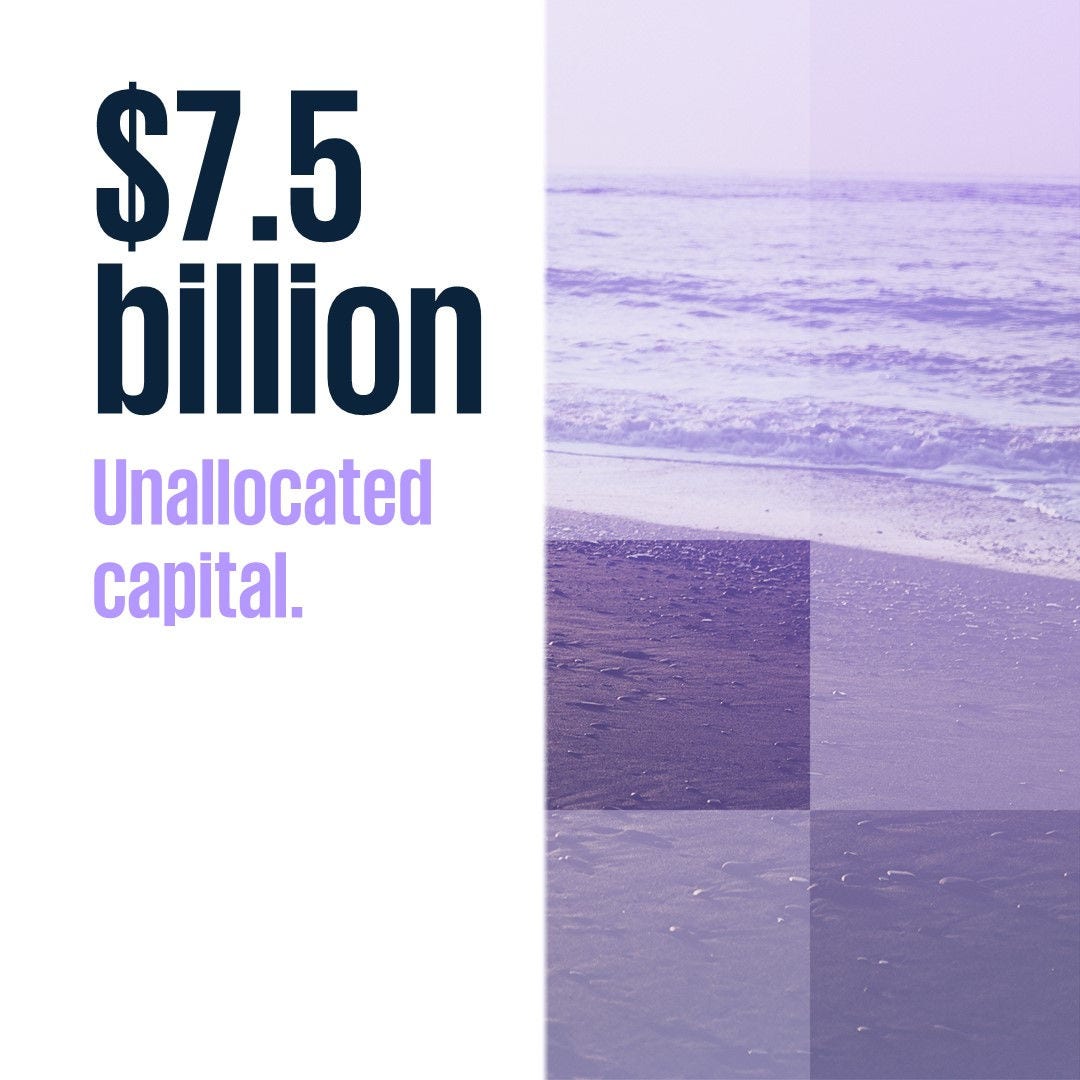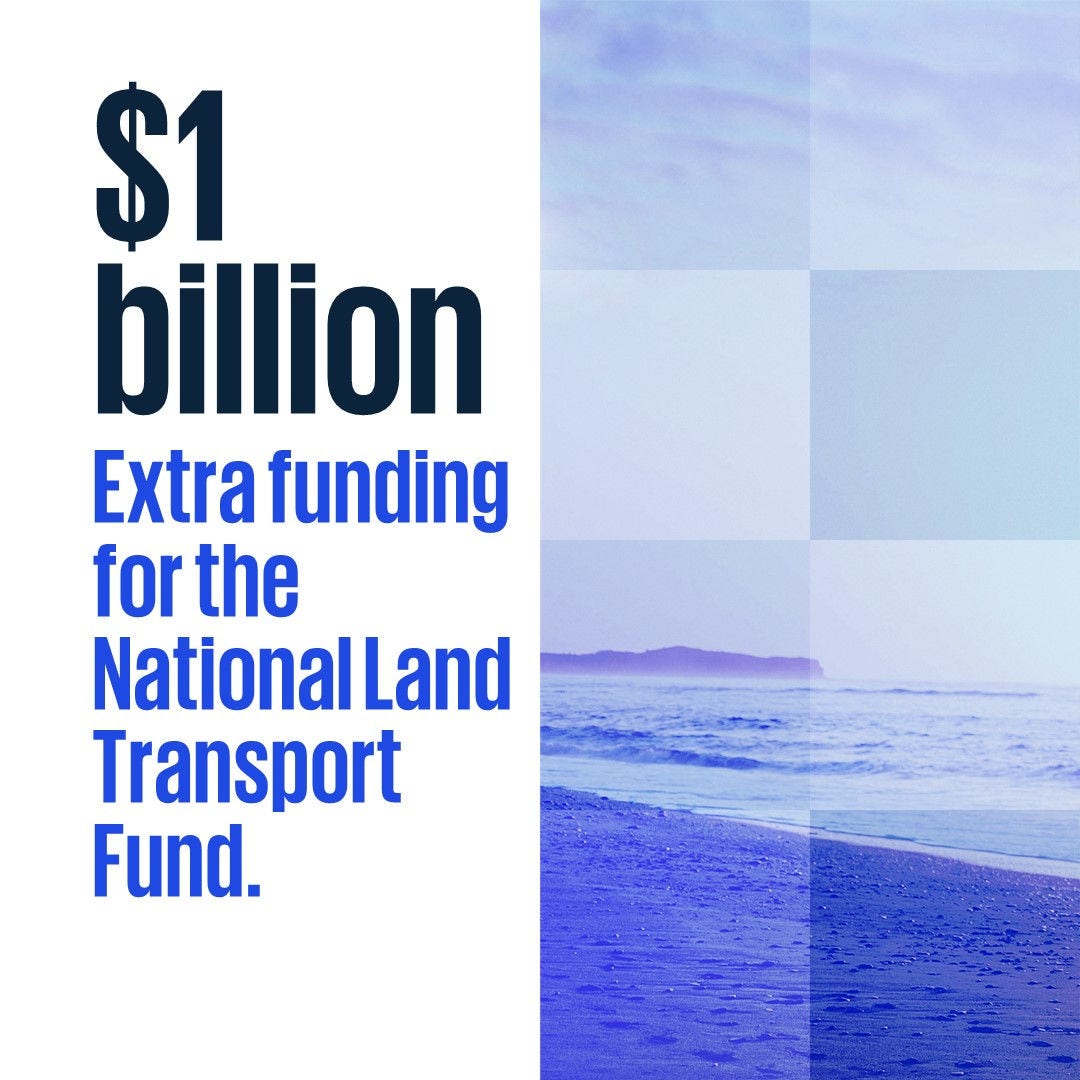Our infrastructure underpins our economy and society. Generations of New Zealanders have built infrastructure that allows us to connect with each other, receive services, and move products to market. Our networks of transport, energy, water and data will be critical for the economic growth and prosperity of Aotearoa New Zealand, coupled with our social infrastructure such as schools, hospitals, and housing.
Often during an economic downturn, governments commit to substantial infrastructure investment because it can drive short-term economic activity and have long-term productivity gains. The Minister of Finance has acknowledged this by making infrastructure one of her five priorities for Budget 2024. However, with the need to keep a watchful eye on inflation, there has been caution with short-term infrastructure expenditure and it is likely the Government wants to see a dose of realism as to how many projects New Zealand can deliver at once.
In Budget 2024 the Government announced $7.5bn of capital over the five-year period that is not yet allocated to projects. That means we still have to wait to see which projects will go ahead.
$1bn of this is a top-up to the National Land Transport Fund, additional to the $2bn previously announced for the delivery of the draft Government Policy Statement (GPS). Outside the NLTF there is also investment and reprioritisation for rail - Auckland gets $159.2m for the Rail Network Rebuild programme, and KiwiRail gets another $200m for rail upgrades but will need to give back $180.7m from rail resilience initiatives. There is also $107.7m of operating funding for one year of support to Auckland and Wellington’s metro rail services, but this is time-limited and how metro rail will be supported in the future remains to be seen.
Outside transport, the Government has confirmed the $1.2bn for the Regional Investment Fund and set aside $5.1m to establish the National Infrastructure Agency - confirming that it will lead PPPs and City Deals. $1.48bn has been added for school property upgrades and expansions. The Waikeria prison expansion was reconfirmed and Kainga Ora’s large-scale projects will need to save $200m operating and $235m capital.








